Hey Electrical Engineers,
I'm a newbie to electrical engineering (I am a software developer by trade and am starting to work with Raspberry Pis and want to learn about basic circuit design).
My first project involves converting an LED traffic light for indoor use. The lights in the unit I have purchased have 230VAC FuturLED made by Swarco. According to the data sheet -- https://www.swarco.com/futurit-en/Products/Signals/LED-Modules/FUTURLED3-230V-AC the LEDs can operate at full brightness on 196 – 253 VAC, and at a dimmed brightness at 150 V – 170 VAC.
Because I'm a resident of North America, I will be working with standard ~110VAC household power. I could easily step up the voltage from 110 to 220VAC with a cheap off-the-shelf voltage converter, but if I want to operate in "dim mode" I need to either step up from 110 to ~160VAC or step down from 220VAC to ~160VAC (after stepping up from 110VAC).
The wattage of these LEDs is 12W each at full brightness, and 8W at dimmed brightness.
My questions are:
1) I am having trouble finding a step-up/step-down transformer that will output ~160VAC. Do such things exist, or would I need to have one custom built (sounds expensive)?
2) I've read that I can use 2 resistors to "split" the voltage and yield 160 volts, but can this be done with AC? I can't find a conclusive answer in my research, but I'm beginning to think resistors only work with DC current.
3) Is there another approach?


